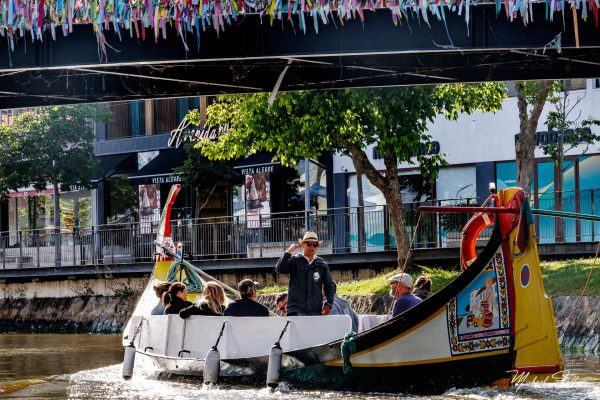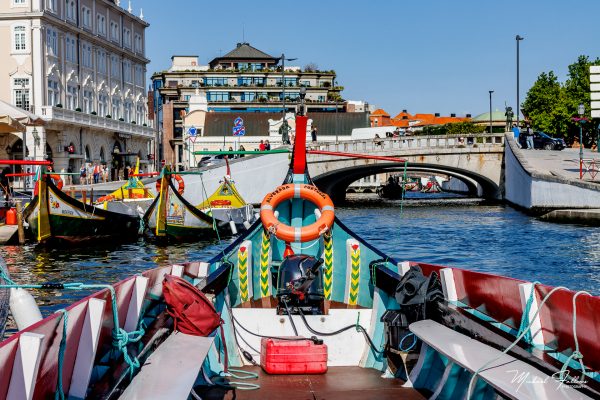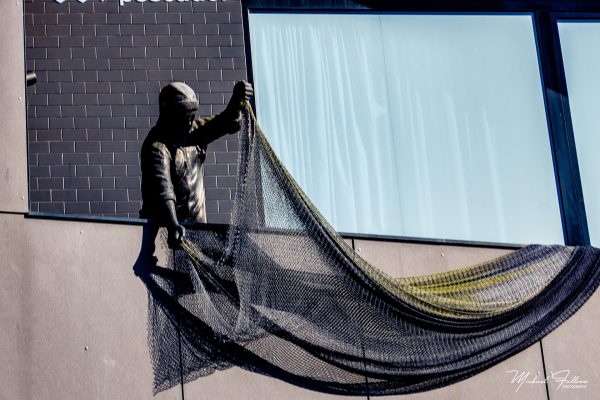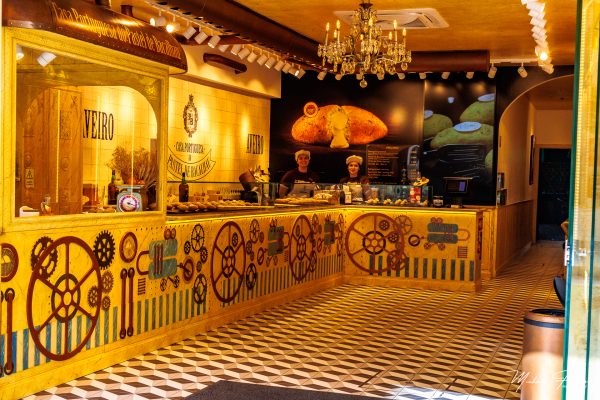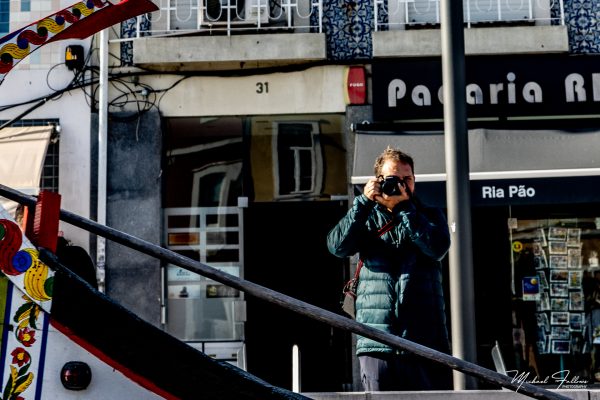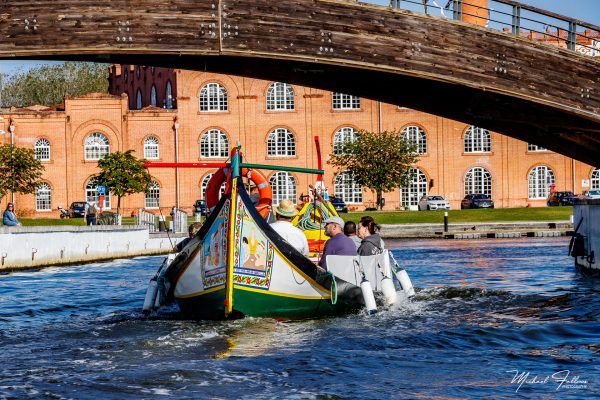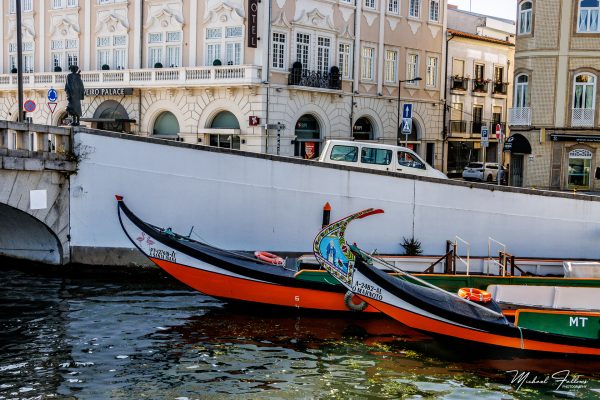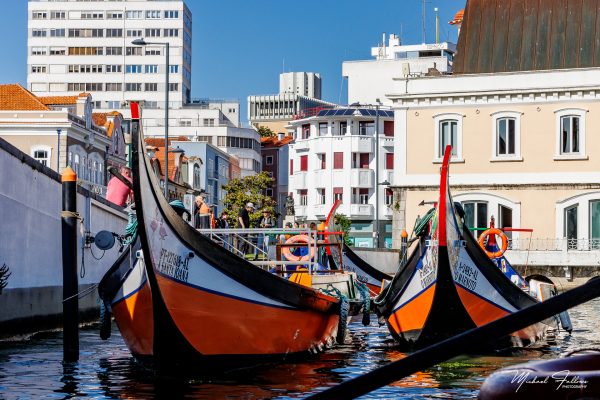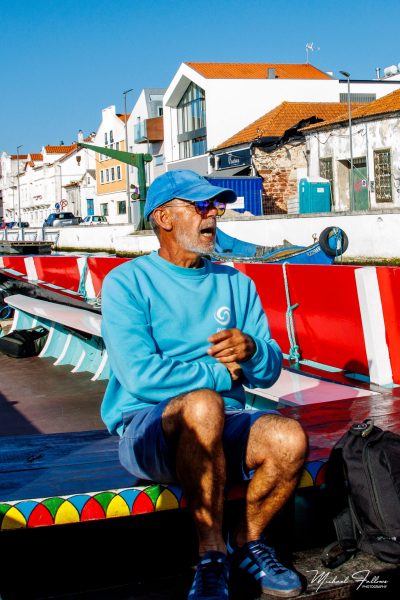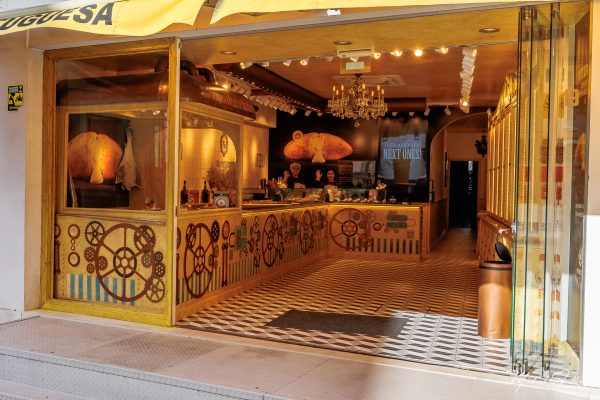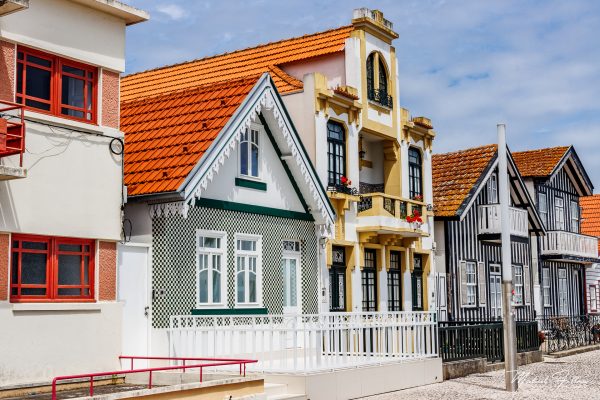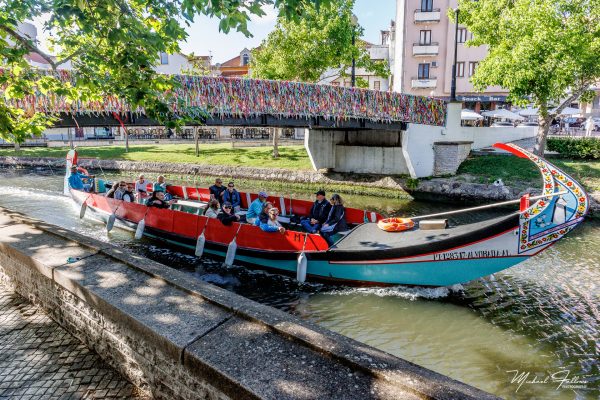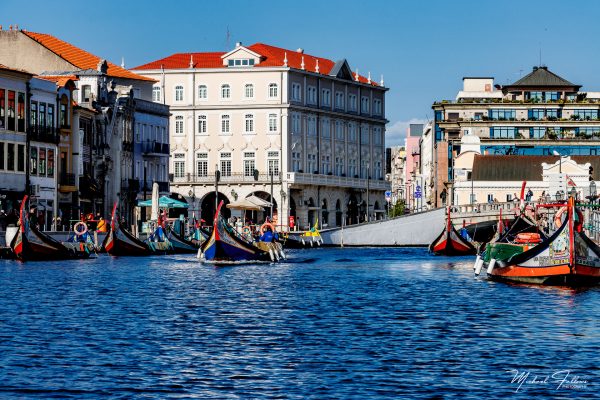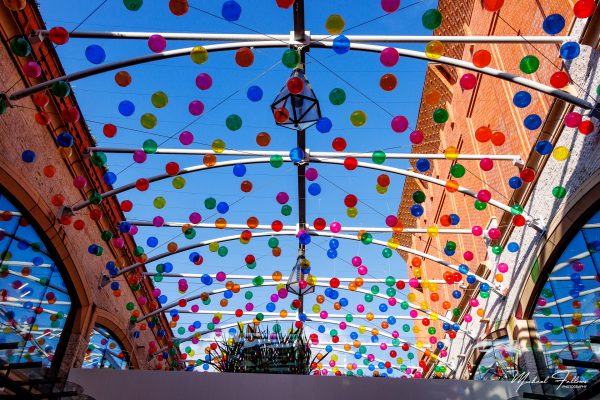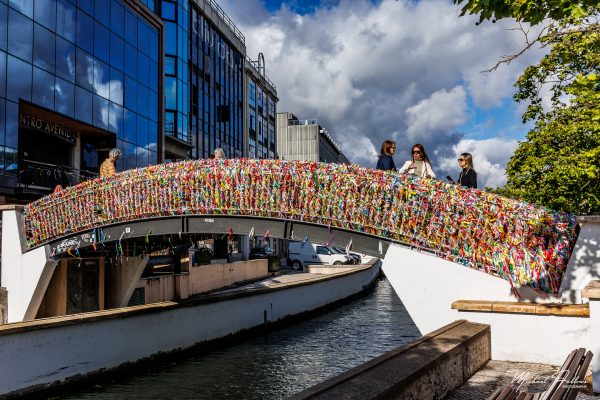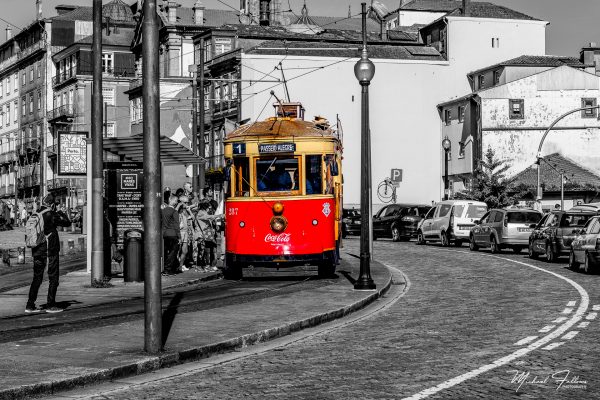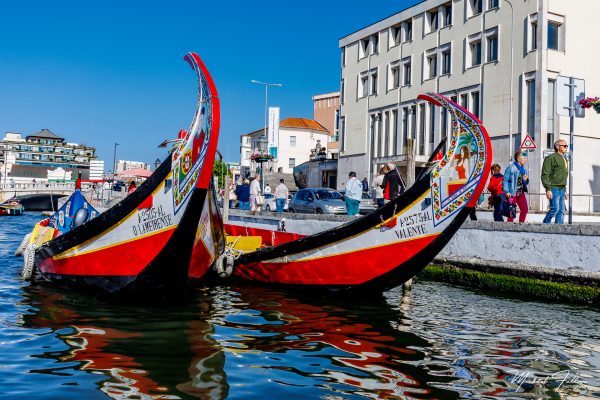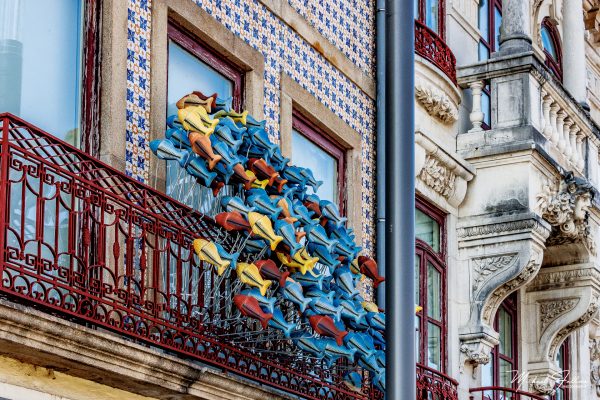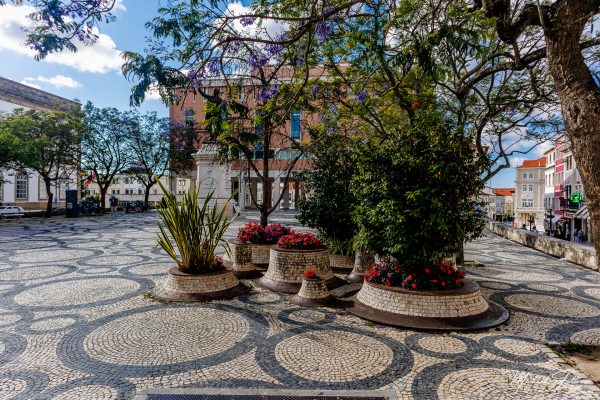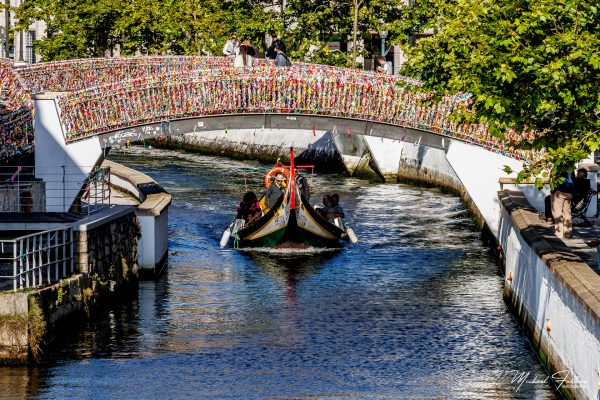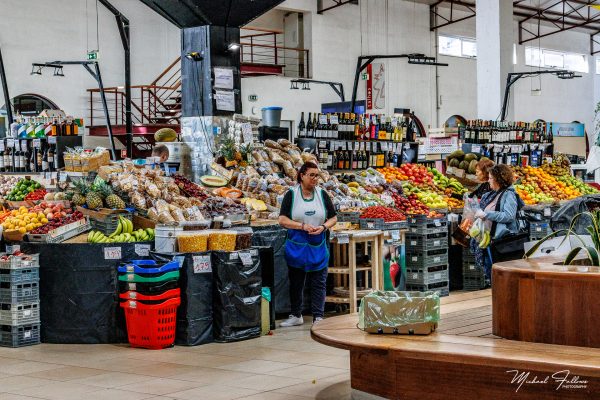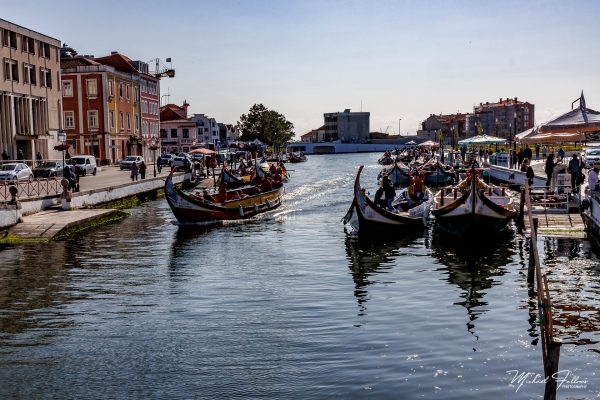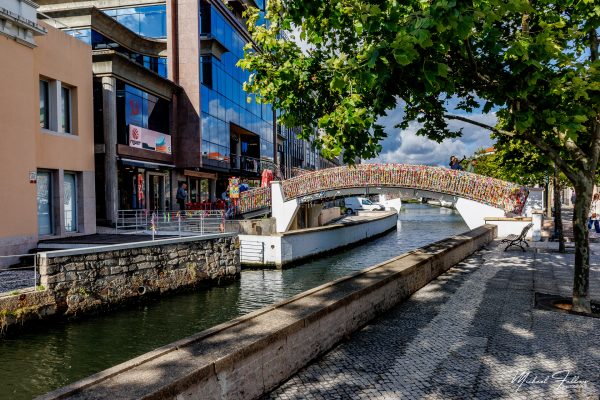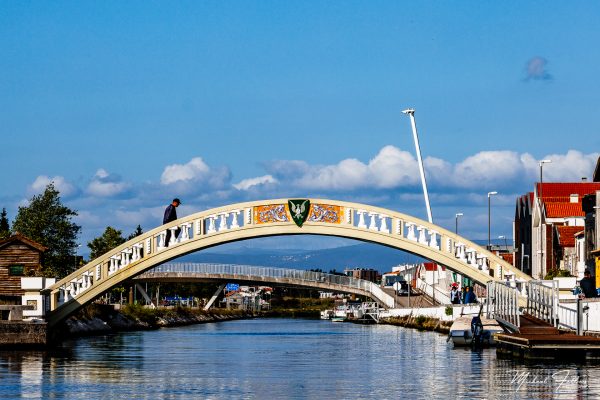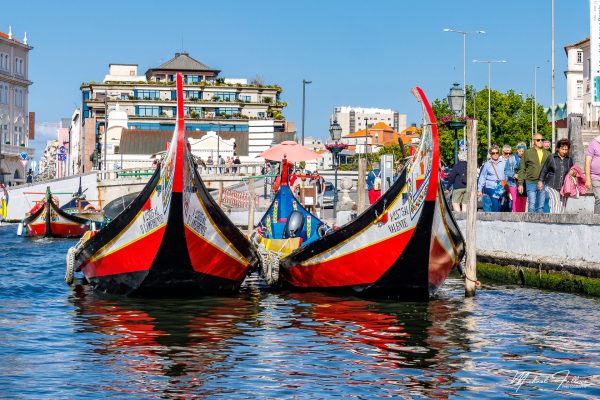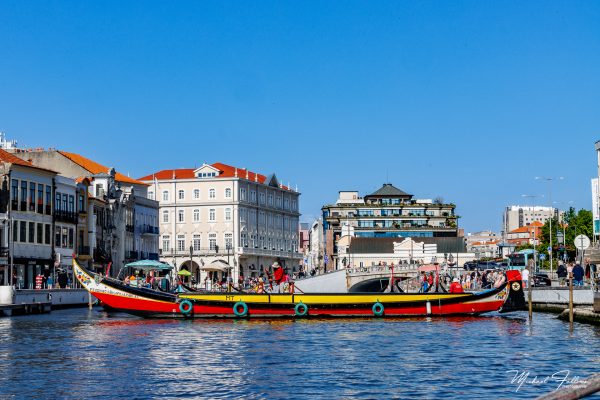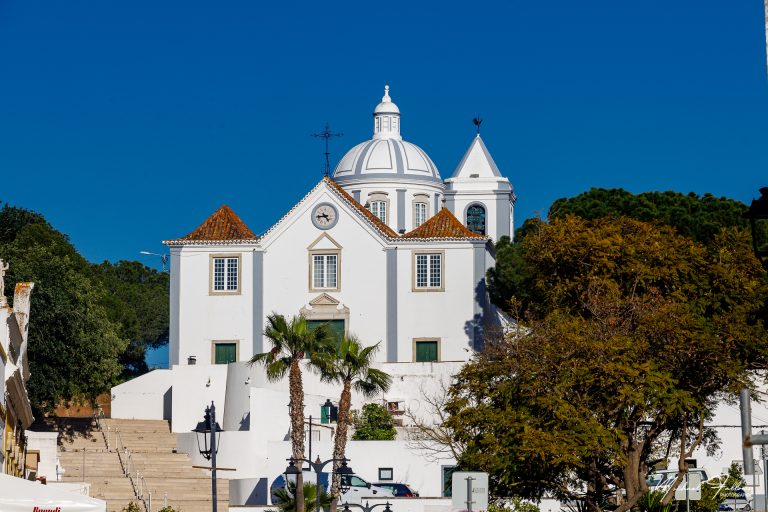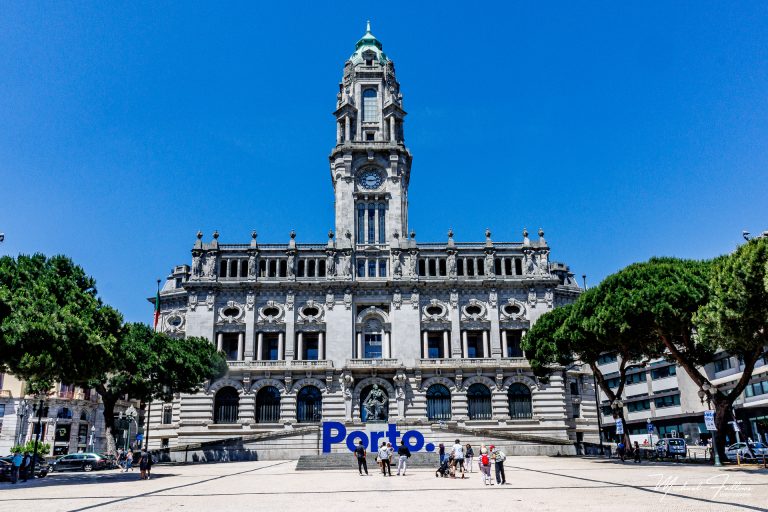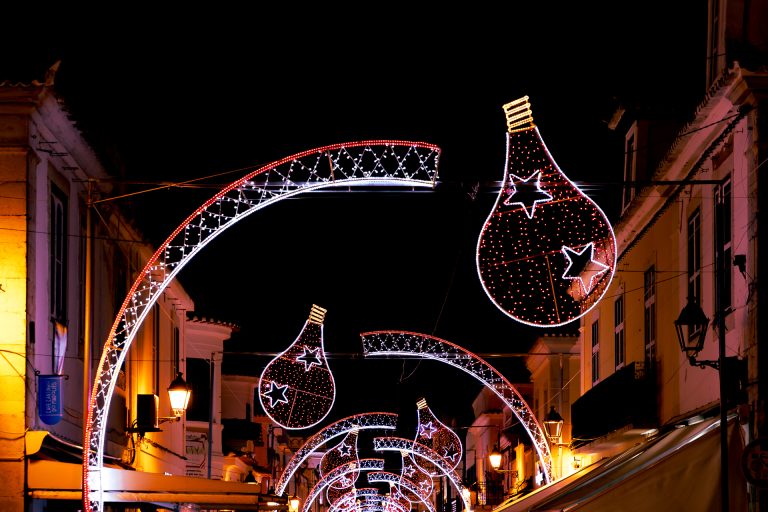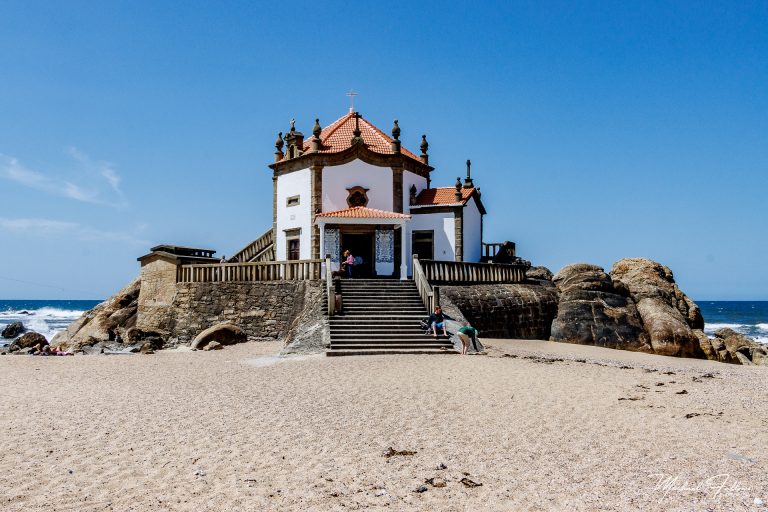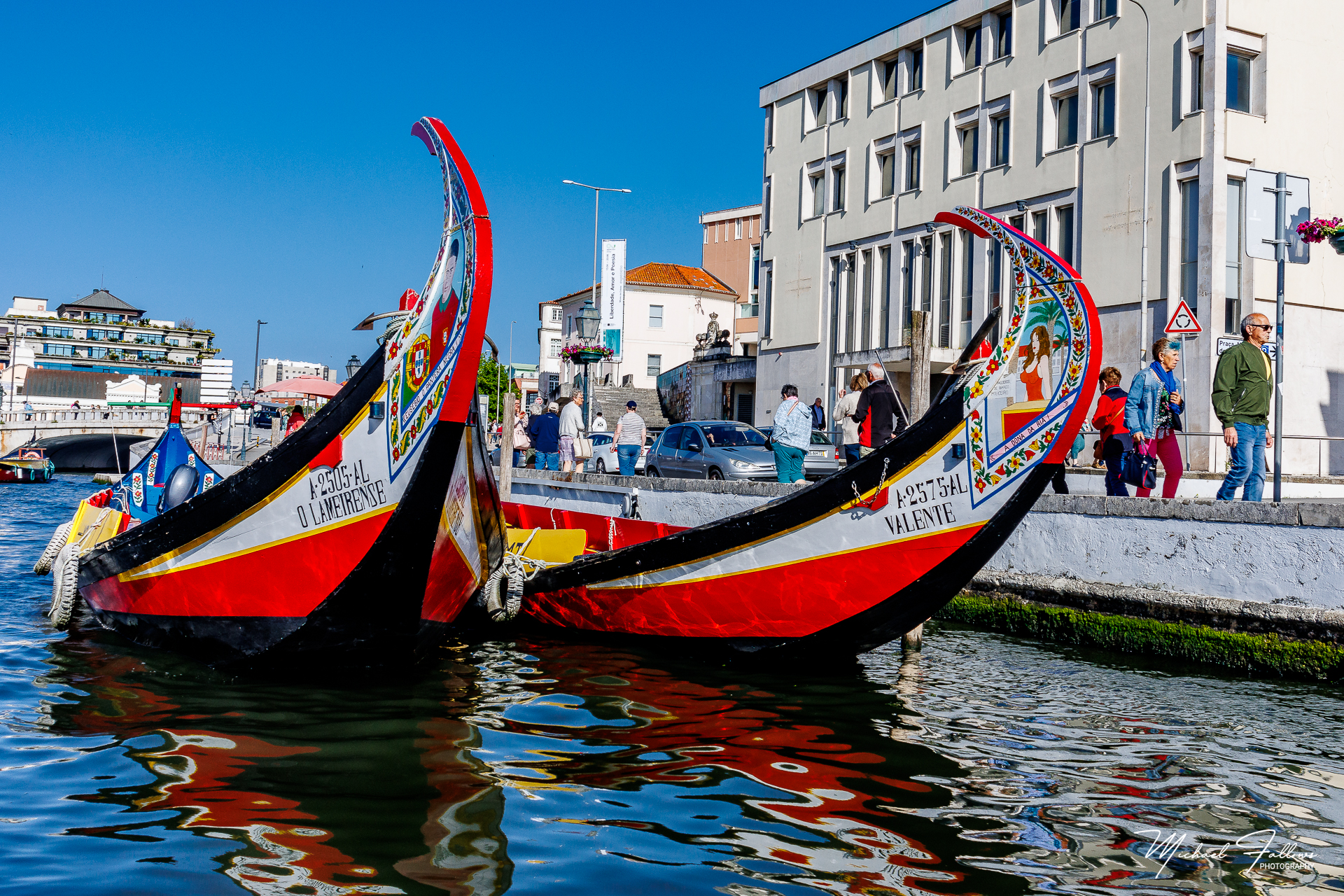
Aveiro: Portugal’s Enchanting ‘Venice of the North’
Nestled along the silver coast of Portugal, the picturesque village of Aveiro captivates travelers with its unique blend of history, culture, and natural beauty. Often referred to as the “Venice of Portugal,” Aveiro’s charm lies in its tranquil canals, vibrant Moliceiro boats, and a rich architectural tapestry that tells the story of its past. As you meander through this enchanting village, you’ll find that Aveiro is much more than a mere moniker—it is a delightful journey into Portugal’s heart and soul.
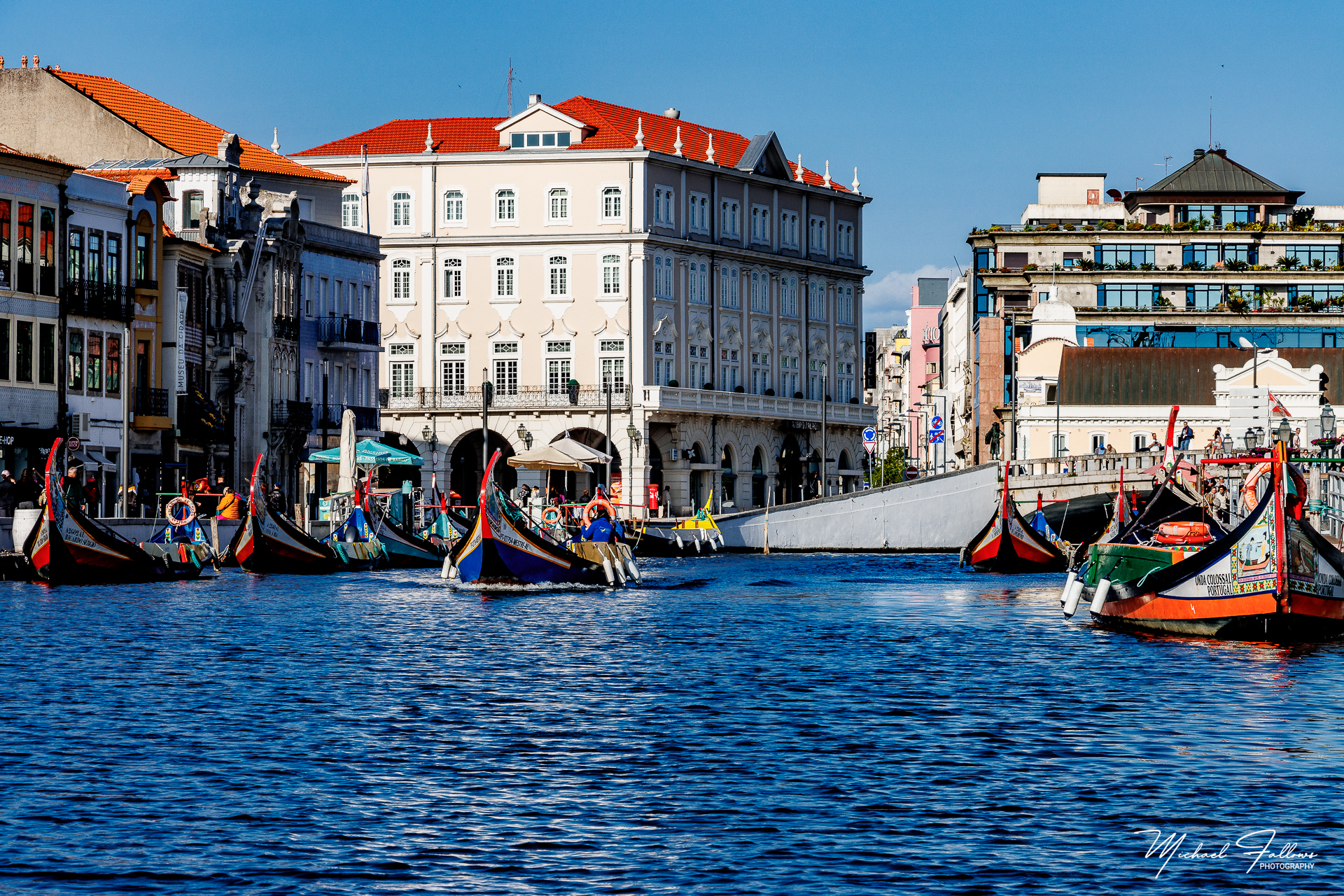
A Stroll Through The History Of Aveiro
Aveiro’s history is as captivating as its scenery. The village traces its origins back to the Roman period, though it flourished during the Middle Ages as a prominent salt-trading port. The Ria de Aveiro, a lagoon system that intertwines with the village, has been central to its economic development, particularly through salt production and fishing.
The 16th century marked a turning point when King John III recognized Aveiro’s importance, commissioning the construction of significant infrastructure. However, the village faced a devastating setback in the 16th century when a severe storm altered the coastline, blocking the lagoon from the sea and leading to economic decline. It wasn’t until the 19th century that the construction of the artificial channel, the Canal de São Roque, revitalized Aveiro, reconnecting it to the ocean and sparking a renaissance.
Canals and Moliceiros: The Soul of Aveiro
A visit to Aveiro would be incomplete without exploring its iconic canals. The three main canals—Central, Cojo, and São Roque—form the lifeblood of the village, flowing serenely through its heart. These waterways are best experienced aboard the Moliceiros, traditional flat-bottomed boats adorned with colorful, whimsical designs. Originally used for harvesting seaweed, these boats now offer leisurely tours, providing a unique perspective on the village’s stunning Art Nouveau architecture and vibrant life.
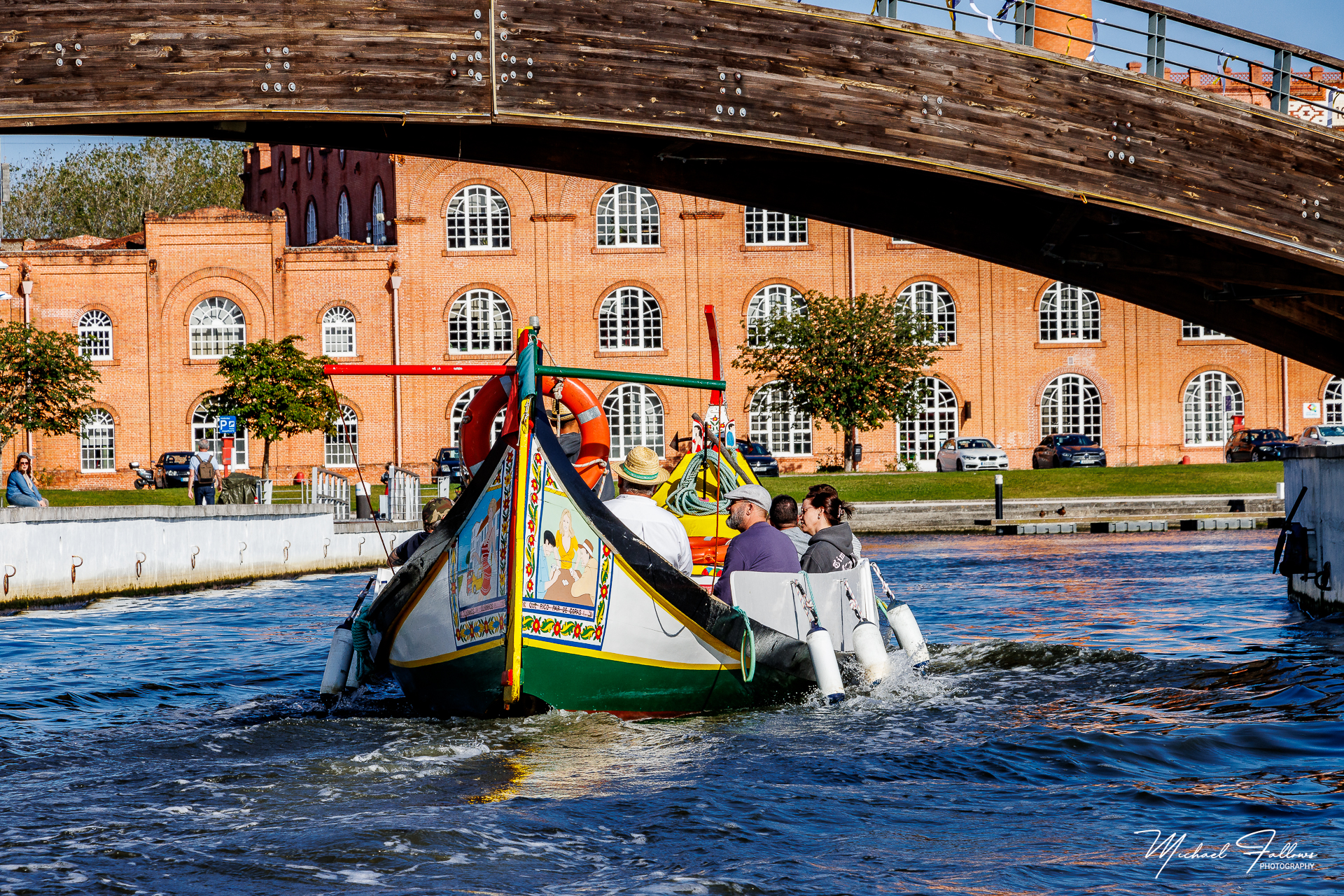
Architectural Gems and Cultural Treasures
Aveiro’s architectural landscape is a testament to its rich history and cultural heritage. The Art Nouveau buildings that line the canals are a visual feast, with their ornate facades and intricate tilework. The Museum of Art Nouveau, housed in the stunning Casa Major Pessoa, offers a deeper dive into this architectural style, showcasing an impressive collection of period pieces.
Another must-visit is the Aveiro Cathedral, or Sé de Aveiro. Originally a Dominican convent dating back to the 15th century, the cathedral features a blend of Gothic and Baroque elements. Inside, visitors can marvel at the beautiful azulejos (traditional Portuguese tiles) and the serene ambiance of the sacred space.
For those interested in the region’s maritime history, the Maritime Museum of Ílhavo, located a short drive from Aveiro, provides fascinating insights into the village’s seafaring past, including exhibits on cod fishing and traditional fishing boats.
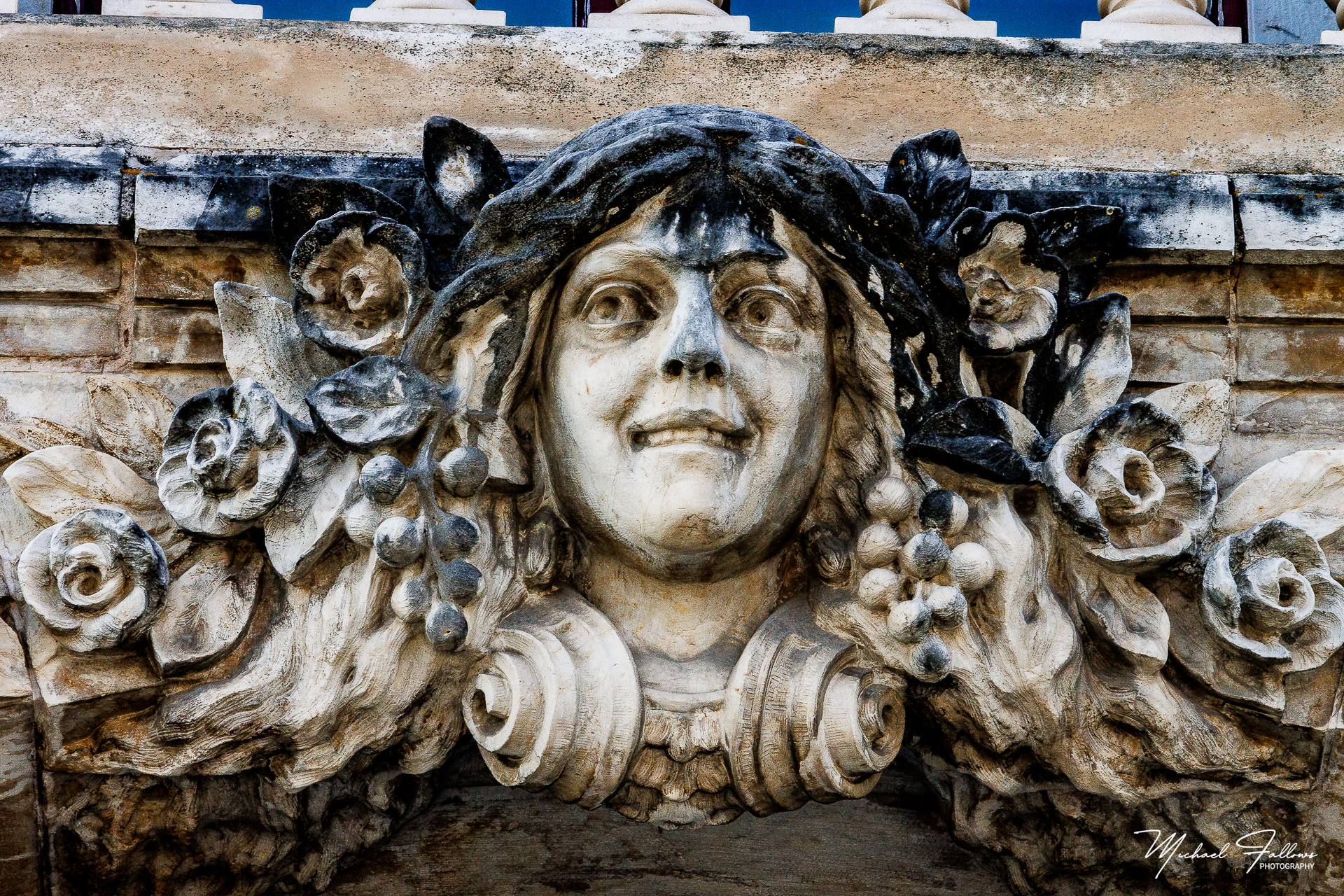
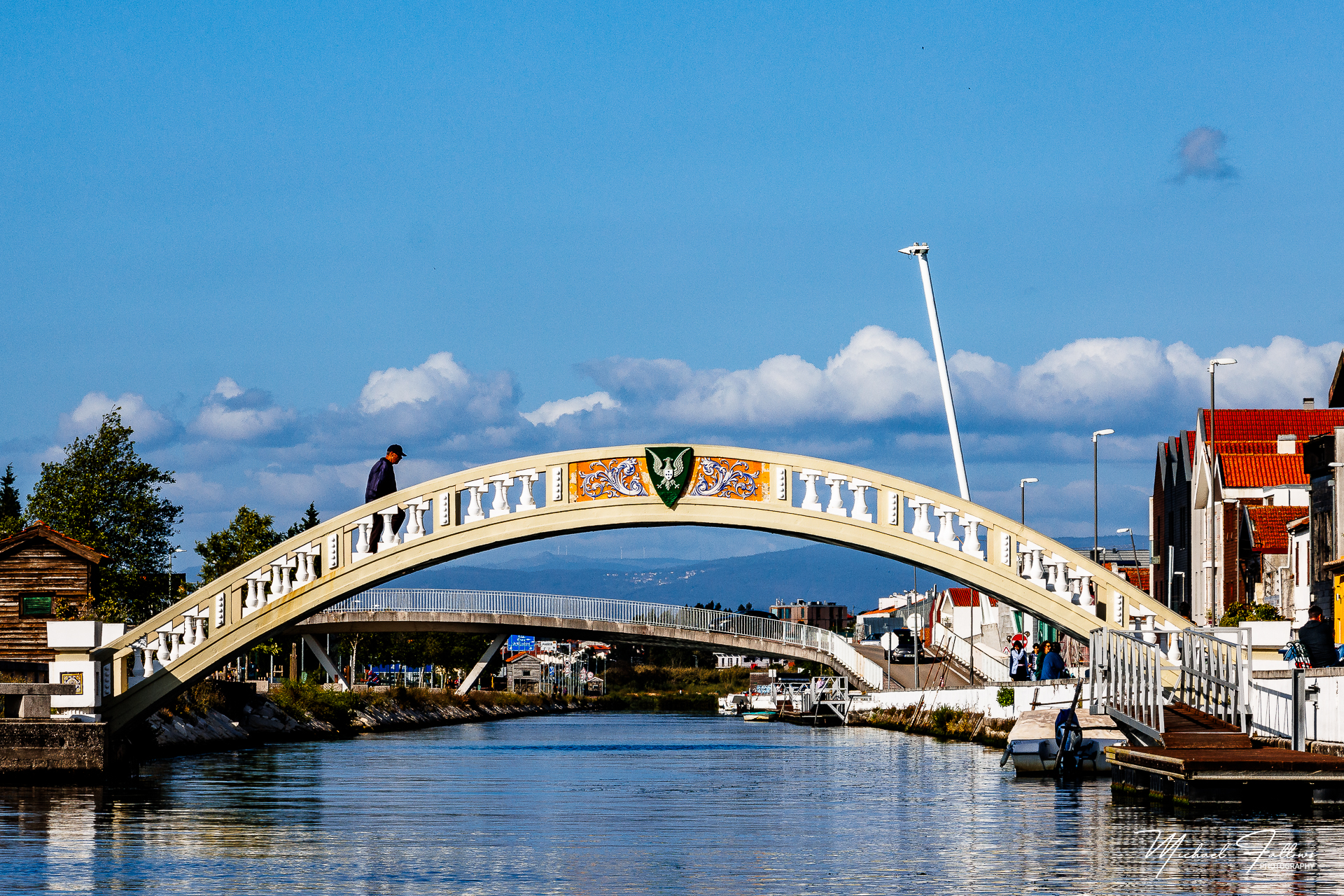
Natural Beauty and Outdoor Adventures
Aveiro’s natural surroundings are equally enchanting. The Ria de Aveiro lagoon is a haven for birdwatchers and nature enthusiasts, with its diverse ecosystem teeming with birdlife and marine species. The salt pans, or salinas, are particularly intriguing, where visitors can learn about the traditional methods of salt extraction and even participate in guided tours.
For a dose of sun and sea, the nearby Costa Nova beach offers pristine sands and the famous striped houses, known as palheiros, which add a splash of color to the coastline. The beach is perfect for a relaxing day by the ocean or for indulging in water sports such as windsurfing and sailing.
Culinary Delights: A Taste of Aveiro
Aveiro’s culinary scene is a delightful reflection of its coastal heritage. Seafood reigns supreme, with dishes like caldeirada de enguias (eel stew) and bacalhau à brás (salted cod with potatoes and eggs) taking center stage. However, no visit to Aveiro is complete without tasting the local sweet delicacy, ovos moles. These creamy, egg-based sweets are wrapped in delicate rice paper shells, often shaped like sea motifs, and are a true taste of Aveiro’s confectionery tradition.
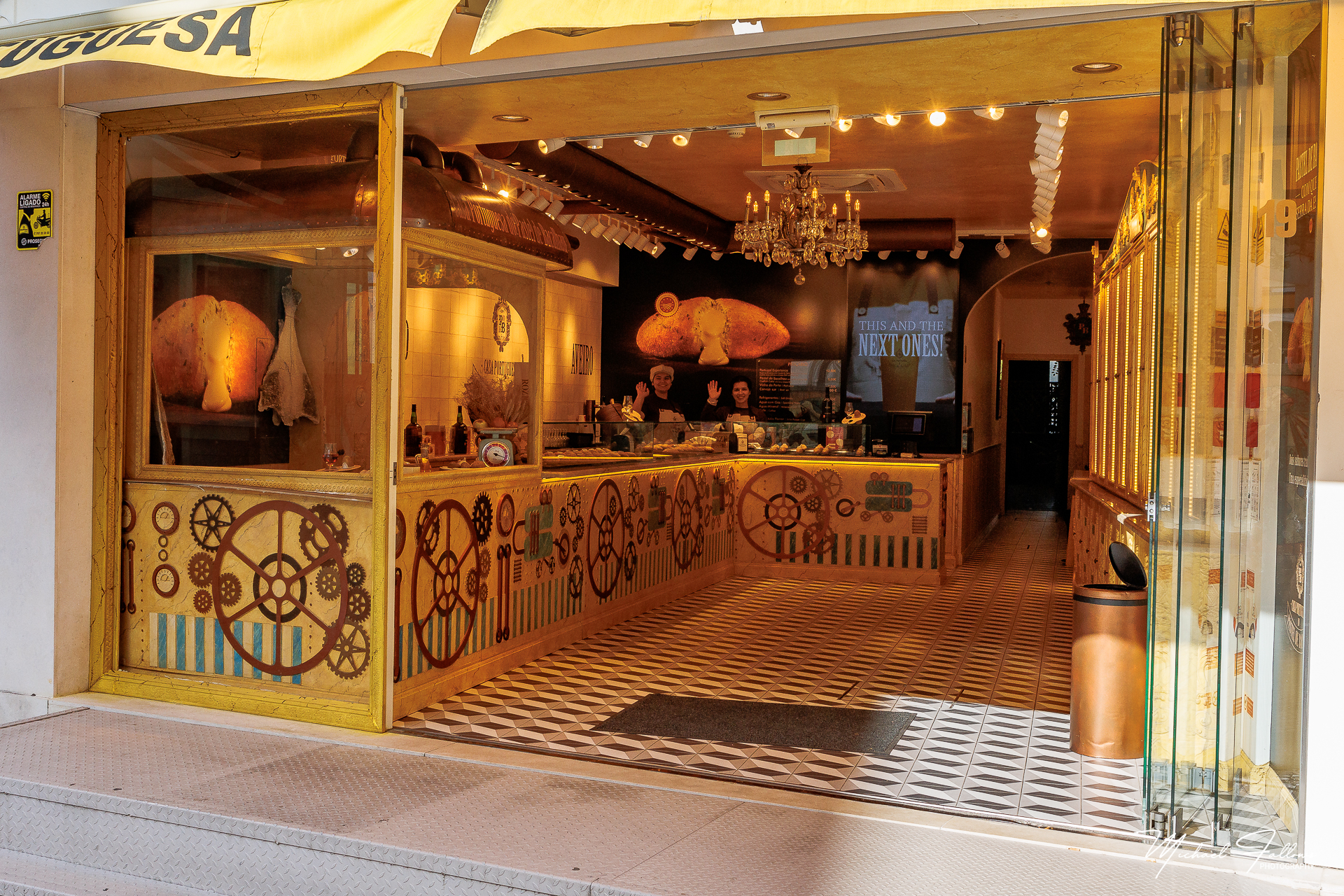
Conclusion
Aveiro is a village that effortlessly weaves together its historical legacy, natural beauty, and vibrant culture. From its enchanting canals and colorful Moliceiros to its rich architectural heritage and delectable cuisine, Aveiro invites travelers to explore and savor every moment. Whether you’re drifting along the waterways, wandering through its historic streets, or indulging in its culinary delights, Aveiro promises an unforgettable experience, revealing the timeless allure of Portugal’s Venice of the North.

